In 1951, I began collecting Toronto newspapers that I considered milestones in history. Included in the collection were Life Magazines and copies of the Star Weekly, a magazine inserted in the Toronto Daily Star (Toronto Star) each Saturday between the years 1910 and 1973. l recently, I sorted through these old newspapers, reliving the memories they contained, some of them pleasant and others sad. In some instances, I remember where I was the day the headlines appeared.
Copies of the newspapers are available on microfilm in the archives and online, but seeing the originals caused me to recall when I first glimpsed them on the doorstep of our home or in a newspaper box. Sometimes my first sight of them was on the kitchen table, after one of my parents retrieved it from the veranda. The kitchen table was the centre of everything in our house and the place where the news of the day was discussed. Viewing the old newspapers again after all these years, I recalled the shock, fascination and amusement my parents expressed as they saw the daily headlines.
I recently read an online article asserting that no one under the age of 50 reads hard copy newspapers any more. Unfortunately, this might be close to the truth, but I believe it is their loss. My viewpoint is prejudiced, as I am over 50 and receive two newspapers daily. I often employ my iPad to learn about the latest news, especially when I am travelling, but I do not feel as connected to the events as when I read a newspaper. For me, a newspaper has more visual impact, and besides, news posted on social media is basically derived from newspaper reports. Perusing the newspapers in my collection, the emotions that I felt when I originally read them were revived.
The photos and newspapers shown in this post represent a vastly different world from today. When the 1950s dawned, World War II had ended just five years earlier and the scars of war had not completely healed. Entertainment was more than an indulgence or mere pastime, as people sought ways to erase the memories of casualty lists and horrific reports front the front lines in Europe or the Pacific. One of the most popular ways of achieving this was to attend the movie theatres of the city. In the 1950s, they were scattered throughout every community in Toronto, their newsreels one of the few sources of visual images of events of the day. Newspapers were the other source. They linked people to the world beyond their neighbourhood. Because radios offered no visual images, people depended on newspapers and magazines. Hence the importance of the Star Weekly magazine that appeared in The Daily Star each Saturday.
Movies allowed people to dream, and for many, the dreams included an escape from the inner city to suburban communities surrounding Toronto, where there were ranch-style homes on spacious building lots. Picket fences and two-car garages were not mandatory, but were highly desirable. Sales of automobiles soared and purchases of consumer goods to furnish the new homes increased exponentially.
Patriotism and national pride engendered by the war years remained, including loyalty to the king and queen who had led them through the years of conflict. Toronto was fascinated by their young daughter, Princess Elizabeth, heir to the British throne, and her handsome husband. The fascination peaked in 1951 with the announcement of the couple’s royal tour of Canada, which included a visit to Washington. Television sets remained rare in 1951, meaning that the newspapers and newsreels in theatres were the main sources of images and information about the tour.
This photograph by the famous portrait photographer Yousuf Karsh of Princess Elizabeth was inserted in the Star Weekly magazine on September 21, 1951, printed as a two-page spread. Recently, (March 2015) I saw a copy of the upper portion of this portrait in the window of a cheese shop in the Kensington Market. It was badly faded, but it brought back memories of when I first saw it. I don’t know why it was in the shop window, after all these years.
Life magazine of October 1, 1951. Americans were also interested in the royal tour as it included a visit to Washington.
November 1, 1951, The Telegram newspaper, reporting the princess’ visit to Washington.
Cover of the Star weekly of November 3, 1951, a special edition issued in honour of the royal tour of Princess Elizabeth.
Although Churchill captured the headline on November 12, 1951, Princess Elizabeth still dominated the news.
The Toronto Telegram of November 12, 1951, at the conclusion of the royal tour.
On another note, the Star Weekly reported about a rooky hockey player on November 17, 1951. The young star was Bernard Geoffion.
This photo from the Toronto Star of February 6, 1952 marked the end of an era. The king who had inspired the British nations during the World War II had passed away. I was sitting in a classroom at Vaughan Road Collegiate when the principal announced over the PA system that the king had died. There were tears on the cheeks of some of the teachers, especially those who had served in the Second World War. My home room teacher was among them. It was a moment I never forgot.
Toronto Daily Star, February 6, 1952, the day King George VI died.
In the days after the passing of King George VI, speculation commenced about the coronation of the young queen. The headline prediction did not materialize, as the coronation was eventually set for June 2, 1953.
To view the Home Page for this blog: https://tayloronhistory.com/
To view previous blogs about movie houses of Toronto—historic and modern
The 1950s newspapers shown in this post were published in a decade when the movie theatres of Toronto were the major entertainment venues of the city. My recent publication entitled “Toronto’s Theatres and the Golden Age of the Silver Screen,” is akin to a book of memories of this former decade. The publication explores 50 of Toronto’s old theatres and contains over 80 archival photographs of the facades, marquees and interiors of the theatres. It relates personal anecdotes and stories of others who experienced these grand old movie houses.
To place an order for this book:
Book also available in Chapter/Indigo, the Bell Lightbox Book Store and by phoning University of Toronto Press, Distribution: 416-667-7791
Theatres Included in the Book:
Chapter One – The Early Years—Nickelodeons and the First Theatres in Toronto
Theatorium (Red Mill) Theatre—Toronto’s First Movie Experience and First Permanent Movie Theatre, Auditorium (Avenue, PIckford), Colonial Theatre (the Bay), the Photodrome, Revue Theatre, Picture Palace (Royal George), Big Nickel (National, Rio), Madison Theatre (Midtown, Capri, Eden, Bloor Cinema, Bloor Street Hot Docs), Theatre Without a Name (Pastime, Prince Edward, Fox)
Chapter Two – The Great Movie Palaces – The End of the Nickelodeons
Loew’s Yonge Street (Elgin/Winter Garden), Shea’s Hippodrome, The Allen (Tivoli), Pantages (Imperial, Imperial Six, Ed Mirvish), Loew’s Uptown
Chapter Three – Smaller Theatres in the pre-1920s and 1920s
Oakwood, Broadway, Carlton on Parliament Street, Victory on Yonge Street (Embassy, Astor, Showcase, Federal, New Yorker, Panasonic), Allan’s Danforth (Century, Titania, Music Hall), Parkdale, Alhambra (Baronet, Eve), St. Clair, Standard (Strand, Victory, Golden Harvest), Palace, Bedford (Park), Hudson (Mount Pleasant), Belsize (Crest, Regent), Runnymede
Chapter Four – Theatres During the 1930s, the Great Depression
Grant ,Hollywood, Oriole (Cinema, International Cinema), Eglinton, Casino, Radio City, Paramount, Scarboro, Paradise (Eve’s Paradise), State (Bloordale), Colony, Bellevue (Lux, Elektra, Lido), Kingsway, Pylon (Royal, Golden Princess), Metro
Chapter Five – Theatres in the 1940s – The Second World War and the Post-War Years
University, Odeon Fairlawn, Vaughan, Odeon Danforth, Glendale, Odeon Hyland, Nortown, Willow, Downtown, Odeon Carlton, Donlands, Biltmore, Odeon Humber, Town Cinema
Chapter Six – The 1950s Theatres
Savoy (Coronet), Westwood
Chapter Seven – Cineplex and Multi-screen Complexes
Cineplex Eaton Centre, Cineplex Odeon Varsity, Scotiabank Cineplex, Dundas Square Cineplex, The Bell Lightbox (TIFF)
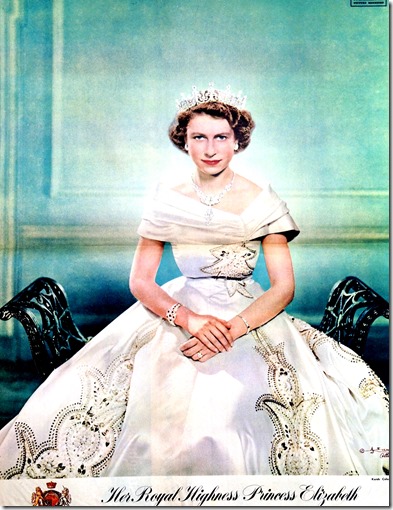
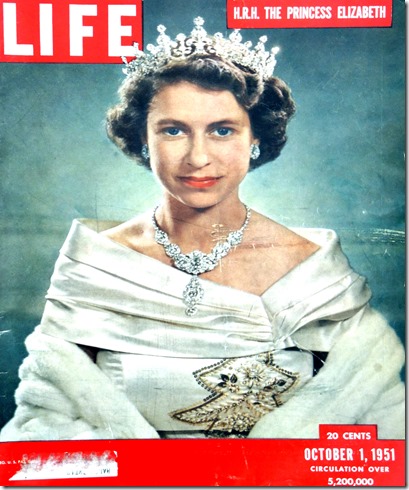
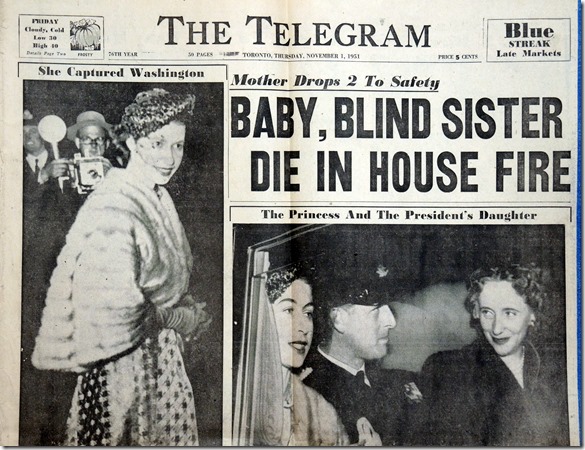
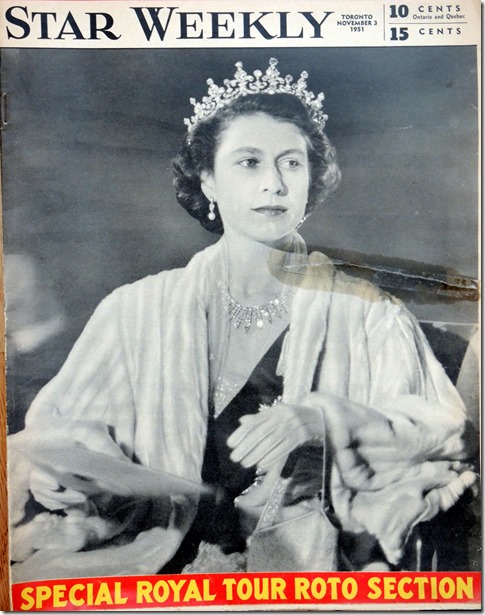
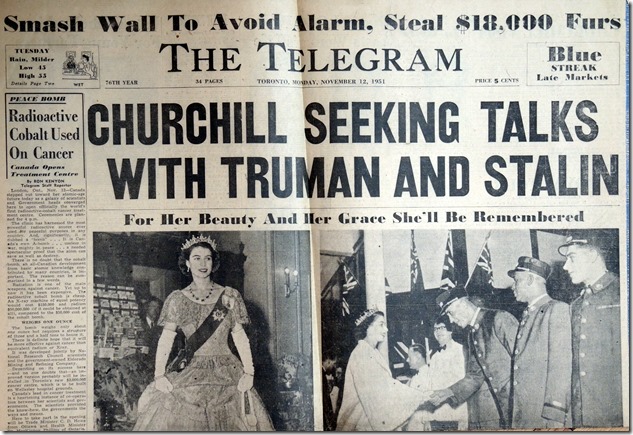
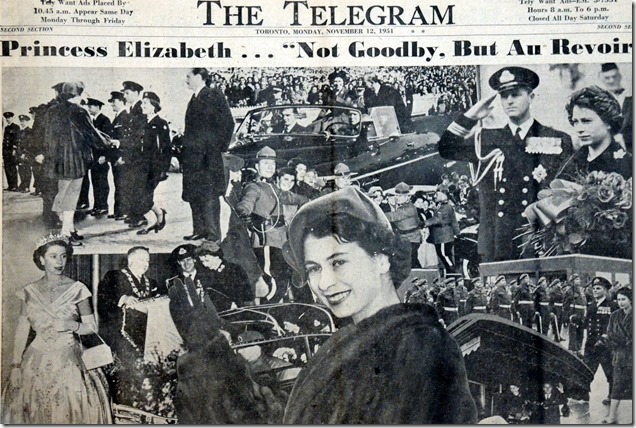
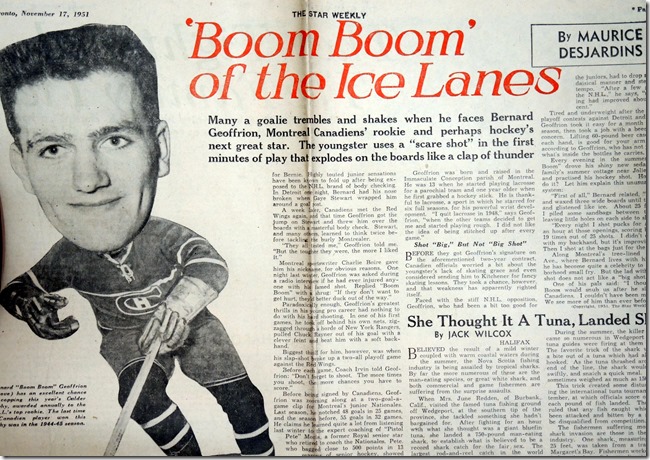
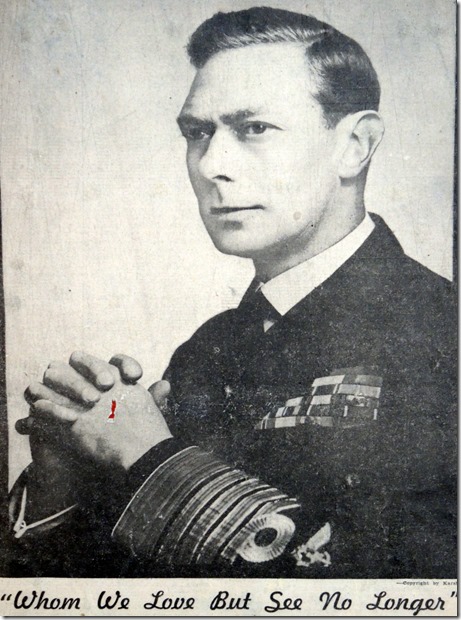
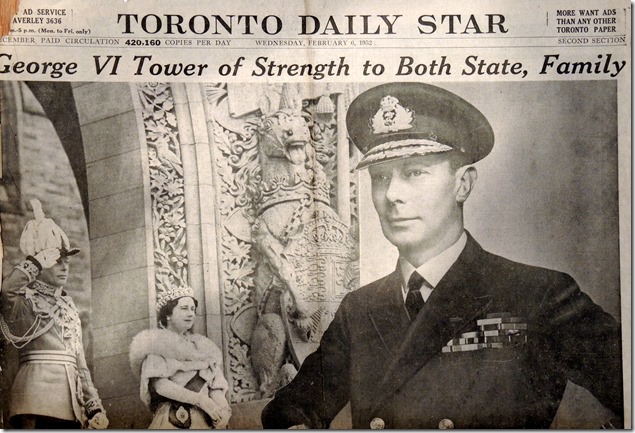
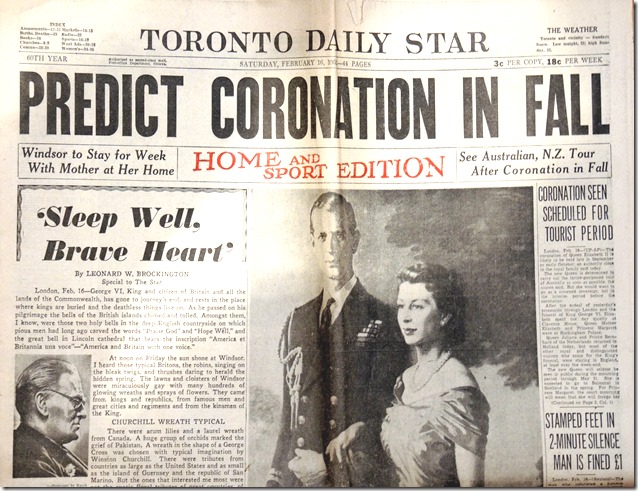
![cid_E474E4F9-11FC-42C9-AAAD-1B66D852[2] cid_E474E4F9-11FC-42C9-AAAD-1B66D852[2]](https://tayloronhistory.com/wp-content/uploads/2015/03/cid_e474e4f9-11fc-42c9-aaad-1b66d8522_thumb6.jpg)

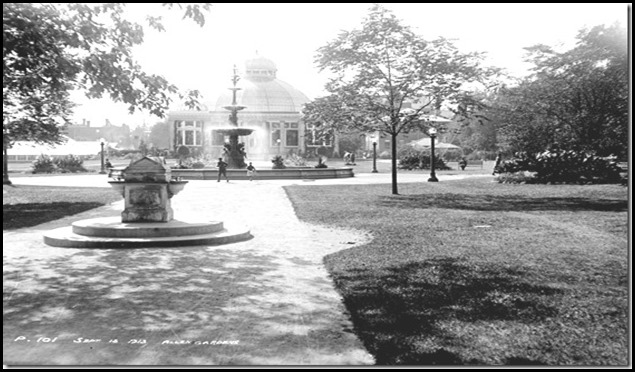
Hi Doug – I just read your blog on the ‘newspapers’ and I loved it. I too remember newspapers being delivered at home. I have also spent many hours at the TRL going through the microfilms of the old newspapers. Although it was time consuming, I did obtain much information.
Did you include pictures & write-ups of along gone end of season social phenomenon , Debutante Balls…took place perhaps for last time , november 1953…I O D E might have been sponsors